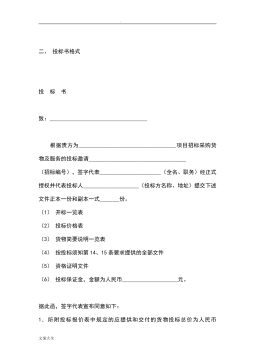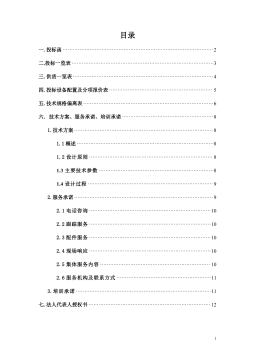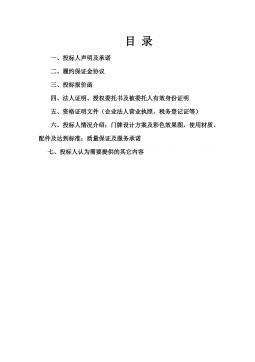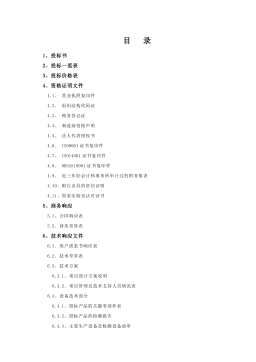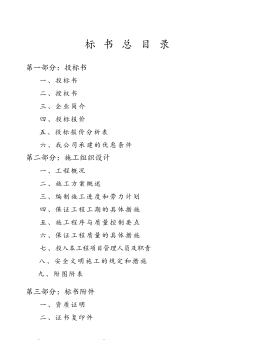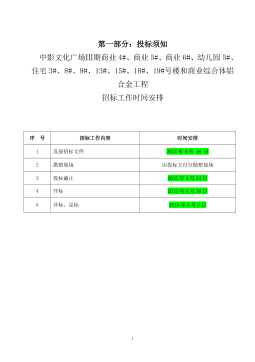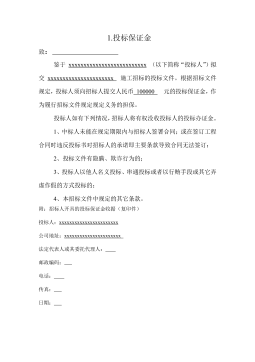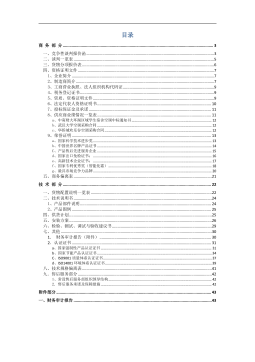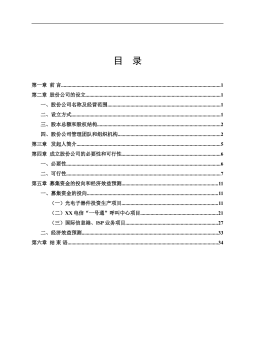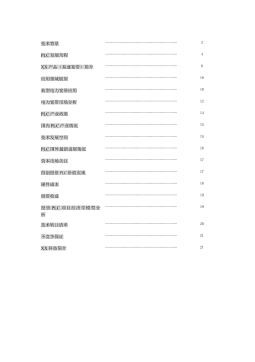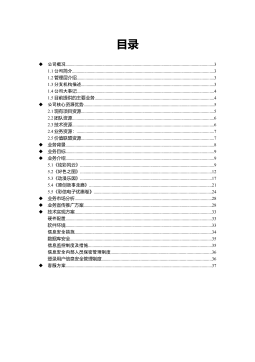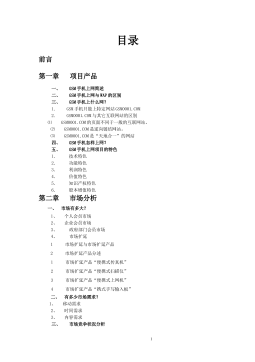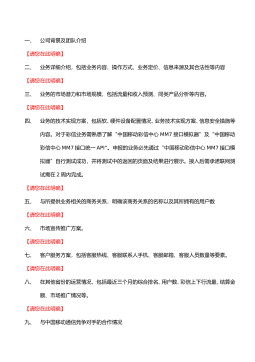金融危机下我国财政政策与货币政策协调搭配研究
VIP免费
硕士学位论文
I
摘要
2007 年初爆发的美国次贷危机不仅冲击了全球金融市场,也给全球实体经济
带来了严重创伤。在中国经济越来越融入全球经济的今天,随着 2008 年以来危机
的持续恶化及由此所引发的全球经济衰退,已经对中国宏观经济、金融运行产生
了负面影响。此次金融危机不仅对我国内部经济产生影响,主要体现在加快了我
国经济增长放缓的进程、影响了国内金融业的发展、减缓了财政收入增长速度、
增大了社会就业压力,还恶化了我国外部经济状况,主要导致了我国进出口持续
下滑、外商直接投资明显减少、加大了人民币汇率的波动。总之,此次金融危机
让我国内外经济发展中的问题更加突显出来,加剧了他们之间的矛盾,也加大了
宏观经济政策协调搭配的必要性。
面对如此错综复杂的国内外形势,2008 年我国的宏观调控政策经历了大幅度
的调整:从年初的“双防”转向年中的“一保一控”,年末再转向“保增长、扩内
需”。在 2008 年 11 月 5 日召开的国务院常务会议上,政府对财政政策和货币政策
进行了重大调整,由稳健的财政政策和从紧的货币政策转为积极的财政政策和适
度宽松的货币政策,并实施了相应的具体措施。面对金融危机,我们有应对 97 亚
洲金融危机的经验和教训,通过对 1998-2003 年的政策调控效果进行定量分析之
后,发现政策实施过程中存在的一些问题。
同时,为了认清当前所处的形势,将两次危机的国内背景和国际背景进行比
较后发现,两次危机爆发时,国内经济运行状况存在着相同点与差异性,相同点
在于:(1)两次危机爆发之前,国内都出现了一定程度的经济过热现象。(2)两
次金融危机都爆发于我国经济发展处于下行区之时。两次金融危机爆发时我国经
济运行不同在于出口占 GDP 的比重以及外汇储备量。国际背景由于危机主体不同、
危机原因不同造成波及范围的不同、影响深度的不同,使得不仅我国经济此次面
临的压力远远大于十年之前,而且此次波及了信贷市场,还波及了资本市场的危
机的影响深度也是 97 年的亚洲金融危机不可比拟的。所以,当前实施的财政政策
和货币政策面临着新的挑战。
应对危机,如何保证当前的财政政策和货币政策能够很好的协调搭配,从而
达到政策的预期效果至关重要。在 2009 年年中的经济会议上,中央明确了我国今
后一段时间内仍将以积极的财政政策和适度宽松的货币政策搭配为主要的政策取
向。那么,在当前形势下,为了提高政策协调搭配的效果,(1)应该注重政策的
短期选择和中长期选择,即在考虑应对危机的政策时,最好的做法是既要考虑眼
前救急,同时也要考虑经济更为长远的可持续、健康和谐的发展。(2)在我国的
政策搭配历史发展中,对内部经济的关注远远高于对外部经济的关注,考虑到由
硕士学位论文
II
于忽视外部经济的发展使得调整内部经济的机会成本会不断上升,所以,在外部
经济发展中的问题日益显著的趋势之下,更多地关注外部经济的发展将有利于整
体政策搭配效果的改进。同时,财政政策和货币政策应该兼顾内部和外部经济的
发展,而非一个目标。(3)通过加强财政部门和金融部门的信息沟通、注重财政
改革和金融改革的进度协调以及建立财政、货币政策协调委员会来不断加强政策
的自身协调,同时,还要加强政策的国际协调,也就是制定政策时必须更多的考
虑到政策变动对本国对外经济活动的影响和来自国外的反应。
关键词:金融危机;政策搭配;中长期选择;兼顾内外部经济
硕士学位论文
III
ABSTRSACT
The Sub-prime Crisis which broken out in the early 2007 not only brought turmoil
in global financial markets ,and hit the real economy of global seriously. With the
continued deterioration of the crisis and the recession of global economic,the crisis has a
negative impact of China's macroeconomic and financial. The sub-prime crisis not only
has added to internal imbalances,including accelerated the process of China's economic
growth slowing, affected the development of the domestic financial sector, slowed the
growth rate of fiscal revenue, increased pressure on social employment,and deteriorated
the situation of external imbalances, involving caused China's imports and exports
continuing to decline, decreased foreign direct investment, increased the RMB exchange
rate fluctuations. In short, the financial crisis has exposed the issue of domestic and
international economic development,aggravated the contradictions of between them and
increased the necessity of coordination between macroeconomic policy.
Faced with such complicated domestic and international situation, China's
macro-control policy has undergoned significant adjustments in 2008:from the
beginning of the year " double defense" to mid-year "guarantee a control",and at the end
of the year to "maintain growth, expand domestic demand."A State Council executive
meeting held in the November 5, 2008, policy-makers has a major adjusted about fiscal
policy and monetary policy.The prudent fiscal policy and tight monetary policy had
been transformed to the positive fiscal policy and moderately loose monetary policy.
Although the response to 97 the Asian financial crisis,we have made some achievements,
but also have some problems.
At the same time, in order to understand clearly the current situation ,compare the
two crises and find when the two crises broke out, the domestic economic situation has
the same points and differences.The same point are: (1) Before the crisis, the domestic
both have emerged a certain degree of economic overheating.(2) Two financial crises
both broke out in China's economic development zones in the down time.The
differences are the export share of GDP and foreign-exchange reserve.The international
background has been different in the main of crisis and the causes of the crisis,which
resulted in the different in the scope and the depth of influence. This bring about not
only the pressure on China's economy is far greater than a decade ago, and the impact of
the crisis which spread of the credit market, but also spread to the capital market is
deeper than the Asian financial crisis in 97.Therefore, the current fiscal policy and
硕士学位论文
IV
monetary policy are facing new challenges.
To cope with the crisis and achieve the expected result of the policy,it is important
that how to ensure that current fiscal policy and monetary policy can be a good mix of
coordination.So,In the current situation, in order to improve the effect of policy
coordination, (1) should be emphasize short-term options and long-term options of
policy, the best approach is to consider both the immediate emergency and take into
account the long-term sustainable,healthy and harmonious development of China's
economy. (2) the concern of the domestic economy is far higher than that of the
external economic , therefore,more attention to the external economic development will
help improve the effectiveness of the overall policy mix. At the same time, fiscal policy
and monetary policy should both take into account the internal and external economic
development rather than a goal. (3)By strengthening information communication
between the financial and the monetary sector, focusing on fiscal and financial reform
and establishing a fiscal and monetary policy coordination committee to continue to
enhance policy co-ordination of their own, while we must also strengthen international
coordination of policies, that is, policies need to be more considerate to policy changes
on their own foreign economic activity, the impact and the response from abroad.
Key Words: Financial crisis; policy mix; long-term options; both internal and external
economic
、
硕士学位论文
V
目录
第一章 绪论..................................................................................................................1
第一节 研究的背景及意义......................................................................................1
第二节 相关理论文献综述......................................................................................2
第三节 研究方法和论文结构..................................................................................5
第四节 创新与不足之处..........................................................................................6
第二章 金融危机对我国经济的影响..........................................................................7
第一节 金融危机的演化过程..................................................................................7
第二节 金融危机对我国内部经济的影响............................................................10
第三节 金融危机对我国外部经济的影响............................................................13
第三章 金融危机下财政货币政策协调搭配的选择................................................16
第一节 财政政策与货币政策协调搭配理论........................................................16
第二节 金融危机下的财政政策主要内容............................................................20
第三节 金融危机下的货币政策主要内容............................................................22
第四章 金融危机下财政货币政策协调搭配的实证研究........................................24
第一节 财政货币政策协调搭配实证研究:1998-2003......................................24
第二节 金融危机与 97 亚洲金融危机国内背景比较..........................................29
第三节 金融危机与 97 亚洲金融危机国际背景比较..........................................31
第四节 本章小结....................................................................................................32
第五章 提高当前财政货币政策协调搭配效果的建议............................................34
第一节 注重政策的短期选择和中长期选择........................................................34
第二节 财政货币政策同时兼顾内部经济和外部经济........................................39
第三节 加强政策的自身协调和国际协调............................................................41
参考文献......................................................................................................................44
后记
..........................................................................................................................47
硕士学位论文
1
第一章 绪论
第一节 研究的背景及意义
2007 年 3 月 13 日,美国第二大次级按揭房贷专业机构新世纪金融(New Century
Financial Corp)宣布从此不再发放新贷款的这项决定,是全球经济噩梦的开始。
次级风波从 2007 年 8 月开始逐渐加剧,进而扩散蔓延,在一系列救市措施无济于
事的情况下,最终在 2008年9月,随着有百年历史的雷曼兄弟的破产演变成了席
卷全球的金融危机。这场产生于金融领域,传染到实体经济的风暴给全球的金融
市场和实体经济带来了自“大萧条”以来最严峻的挑战。金融危机的负面影响,
从华尔街逐渐波及到美国实体经济,使得美国经济下行,开始衰退。在全球经济
高度一体化的今天,受美国次贷危机的影响,其他国家都受到了次贷危机的冲击:
一些欧洲金融巨头先后出现巨额亏损,被国际社会普遍认为发展潜力很大的俄罗
斯、巴西、印度和中国经济增速也开始回落、美丽的冰岛更是不堪一击,整个国
家面临着严重的经济问题,可以认为,全球经济形势正处于由上升转入下行,国
际经济形势整体不容乐观。
在金融危机不断冲击美国乃至全球经济、金融市场的同时,中国经济也感受
到了它所带来的震动。2008 年,中国经济增长明显放缓,全年 GDP 同比增速为 9.0%,
不仅国内的进口、出口行业受到明显冲击,固定资产投资增长总体放缓,工业增
加值增速加速回落,而且企业利润增速总体下降,财政收入增速也明显放缓,社
会就业问题日益突出等等。面对如此虚弱下滑的经济,我国政府出台了很多相应
的政策,实施了救助措施,2008 年 3 月,在物价上涨、通货膨胀不断加大的压力
下,政府把“防过热、防通胀”作为宏观调控的首要任务,明确表示 2008 年我国
将实行“稳健的财政政策和从紧的货币政策”。然而,受此次金融危机的影响,在
2008 年 11 月 5 日召开的国务院常务会议上,政府对财政和货币政策进行了重大调
整,由稳健的财政政策和从紧的货币政策转为积极的财政政策和适度宽松的货币
政策。
政策搭配不是一个新的话题,国内外众多研究者根据不同思路已经研究出了
一系列卓有成效的贡献,为解决现实问题提供了指导性建议。同时,现实中政策
搭配的实际经验也在不断积累,但是宏观经济的内部环境和外部环境总是时刻处
于变化之中,所以只有审时度势的不断调整政策,才能让政策更好的发挥政策效
应,因此,在金融危机的背景下,研究目前的政策搭配所面临的新挑战,找出政
策搭配如何选择才是“最优的”具有一定的理论和现实意义。
摘要:
展开>>
收起<<
硕士学位论文I摘要2007年初爆发的美国次贷危机不仅冲击了全球金融市场,也给全球实体经济带来了严重创伤。在中国经济越来越融入全球经济的今天,随着2008年以来危机的持续恶化及由此所引发的全球经济衰退,已经对中国宏观经济、金融运行产生了负面影响。此次金融危机不仅对我国内部经济产生影响,主要体现在加快了我国经济增长放缓的进程、影响了国内金融业的发展、减缓了财政收入增长速度、增大了社会就业压力,还恶化了我国外部经济状况,主要导致了我国进出口持续下滑、外商直接投资明显减少、加大了人民币汇率的波动。总之,此次金融危机让我国内外经济发展中的问题更加突显出来,加剧了他们之间的矛盾,也加大了宏观经济政策协调搭...
作者:周伟光
分类:高等教育资料
价格:150积分
属性:51 页
大小:421.76KB
格式:PDF
时间:2024-09-20


